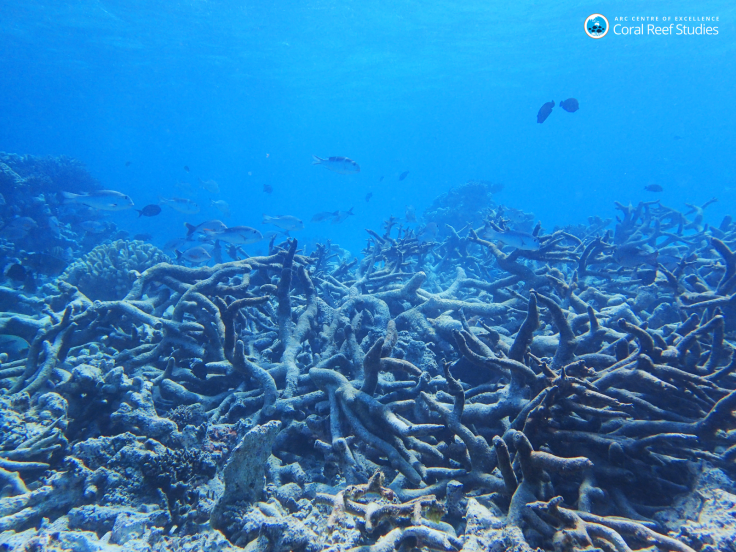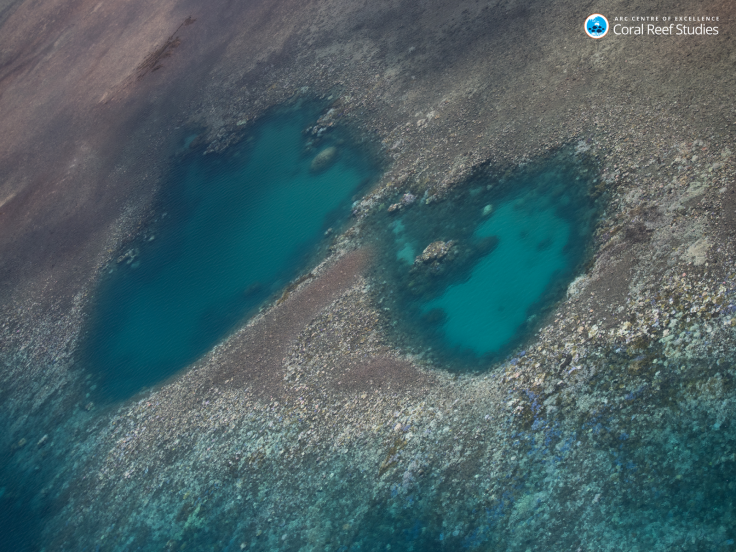Protecting coral reefs locally makes little difference against global warming
Global action is urgently needed to save coral reefs.
Immediate international action is needed against global warming to secure a future for coral reefs, a new study has warned. Coming up with innovative, large-scale solutions to curb warming will be necessary, especially since local management of coral reel fisheries and water quality appear to offer little protection against severe coral bleaching events.
Since the 1980s when these phenomenon were first documented, there has been three coral bleaching events on both sides of the tropics – in 1998, 2010, and more recently, in 2015/16. This last one was particularly severe, driven by record temperatures in the 2015–2016 El Niño event. The consequences can be dramatic both for reef ecosystems and for the people who depend on them to survive.
The study, now published in the journal Nature, investigates the determinants of recurrent major bleaching events, and why some corals are more prone to bleaching than others.
Rising sea surface temperature due to global warming is thought to be a major cause of coral bleaching. When the water is too warm, corals expel an algae that lives in their tissues, and this causes them to become completely white and to be more vulnerable to disease.
If bleaching is not too severe, it is possible for corals to recover, but if the algae loss is prolonged and the stress continues, corals eventually die.
Differences in bleaching
The researchers used aerial and underwater surveys of Australian reefs combined with satellite-derived sea surface temperatures to map bleaching events across the entire length of the reef.

Analysing the data to look and focusing on individual reefs, they confirmed that bleaching is mostly driven by patterns of sea temperatures – and in general, reefs that escaped bleaching were located towards the southern end of the Great Barrier Reef, where waters are generally cooler.
Thus, differences in the severity of bleaching during the three events can be explained by differences in magnitude and spatial distribution of sea surface temperature anomalies.
The data provided no evidence that water quality could protect against bleaching, nor that corals having undergone a previous bleaching event protected them the next time round. Similarly, local efforts to manage of reef fisheries and improve water quality offered little to no protection against extreme heat.

"On the remote northern Great Barrier Reef, hundreds of individual reefs were severely bleached in 2016 regardless of whether they were zoned as no-entry, no-fishing, or open to fishing, and irrespective of inshore– offshore differences in water quality", the scientists note.
It's possible however that these efforts, pursued on the long-term, may help corals and marine ecosystems recover from bleaching events.
But the authors believe that, given the severity of the 2016 bleaching event, urgent action on a global scale will in any case be needed to protect reefs and stop similar phenomenon from taking place in the future.
© Copyright IBTimes 2025. All rights reserved.






















